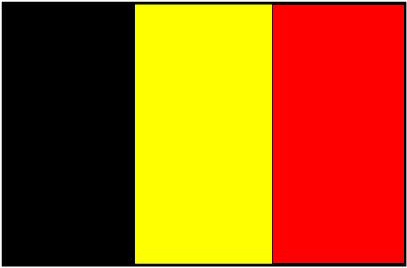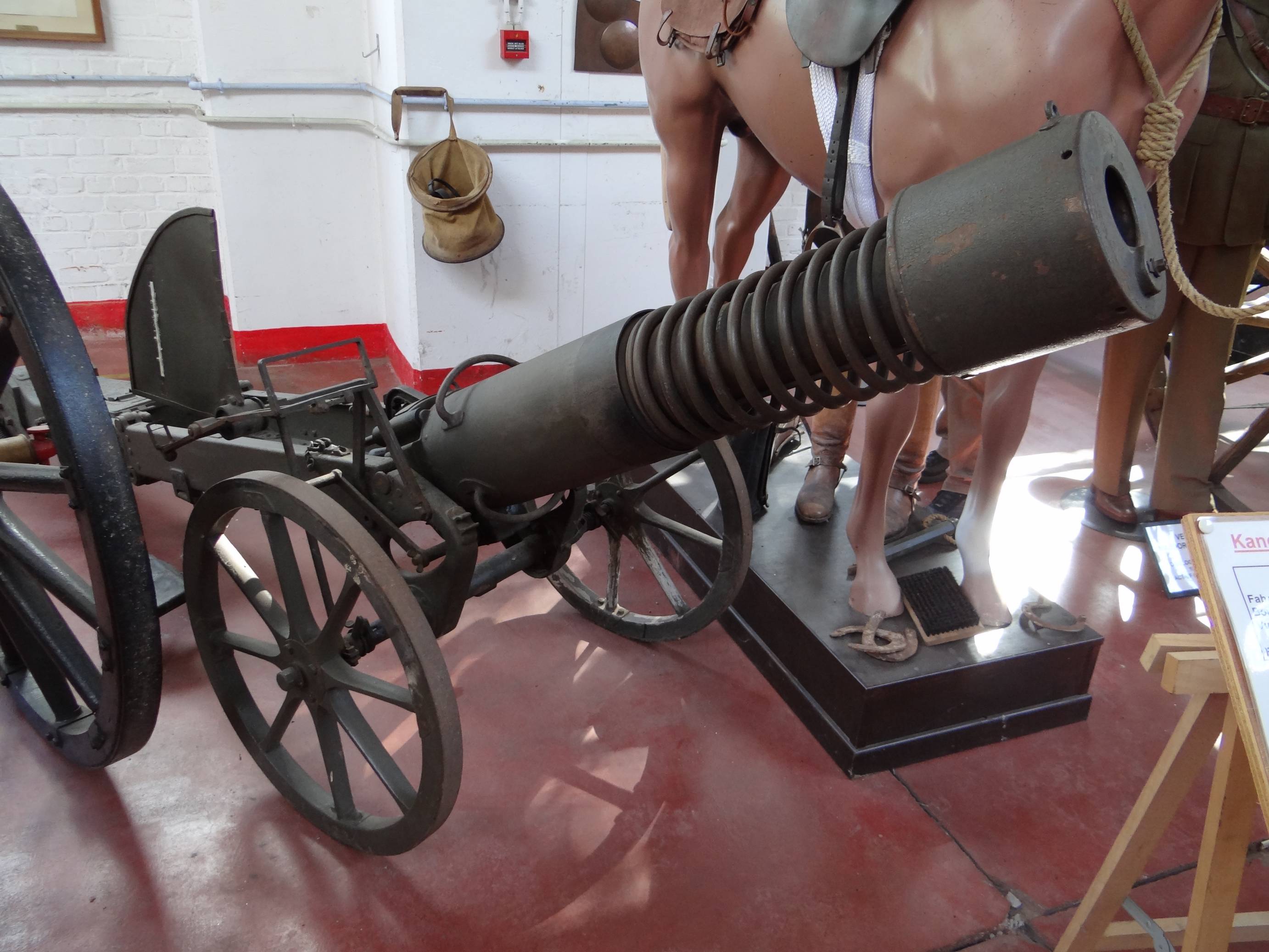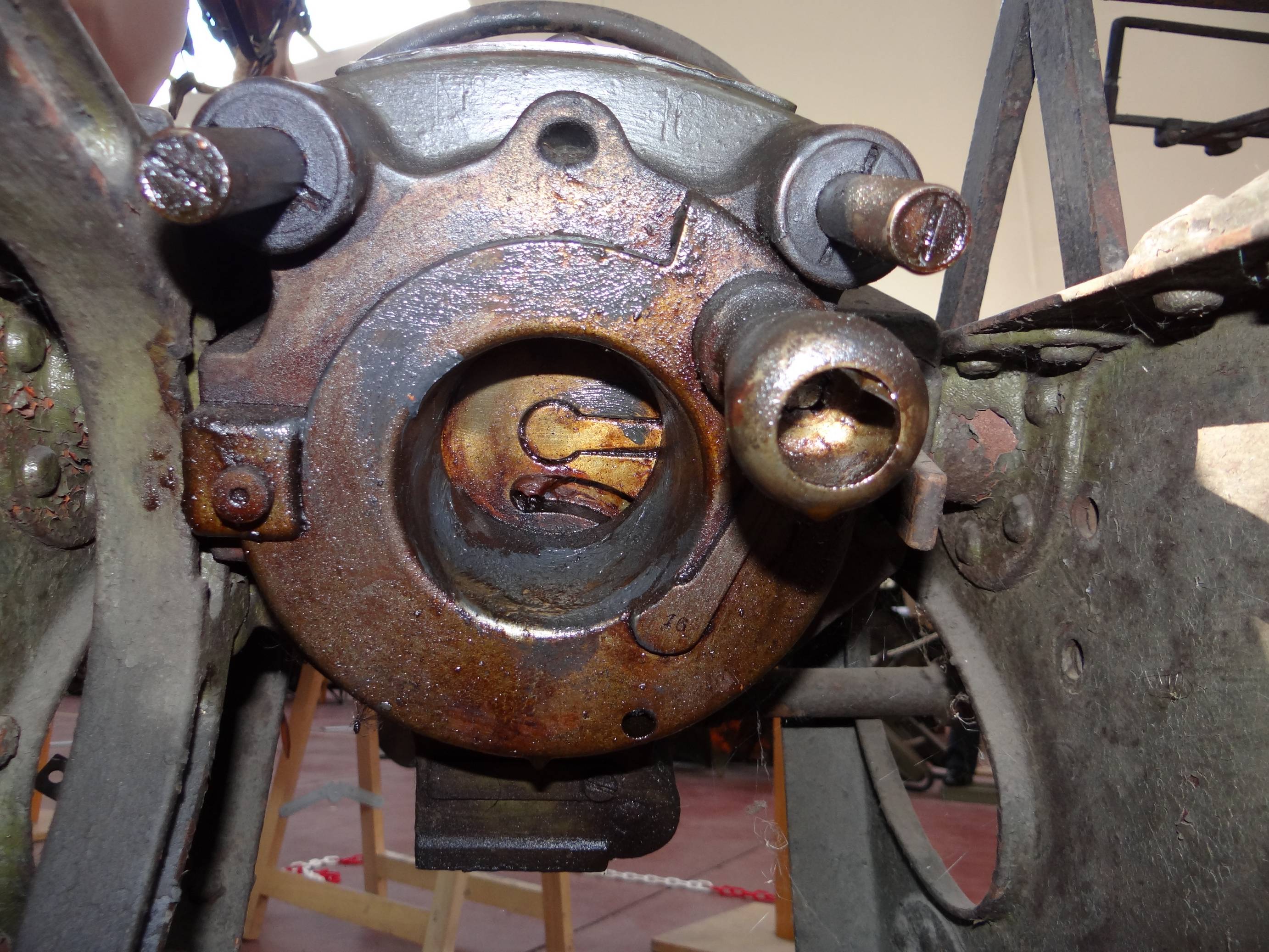|
Historic context :
Before the Great War, the Frenc private companies Schneider and Saint Chamond were both proposing in their catalogs numerous types of mountain artillery weapons, successful on the export markets. Saint Chamond, by its real name the Société des Forges et Aciéries de la Marine et d'Homécourt (FAHM), designed several such guns with a classical technique, but also this very particuliar gun, using the 'differential recoil' technique.
This technique, called 'launching' technique as well, was an alternative to the compensation of the recoil by a brake / recuperator hydro-spring or hydro-pneumatic system. It consisted in launching the barrel forward with a known speed just before the firing, and triggering this latter while the barrel was in that movement. This way, the recoil force provoked by the shot and aiming to repel the tube backwards could only give birth to a much smaller recoil speed, theoretically equal to the difference between the initial forward speed and the backwards speed that the barrel would have obtained without this system. This device, although somehow detrimental to the fire precision, allowed to reduce significantly the wepons weight, a big asset for the mountain guns.
This technique had been invented by the Lieutenant-Colonel Deport, one of the main designers of the famous 75 Mle 1897 French fieldgun, after his demission from the Frech Army (having been denied a promotion to the Colonel rank) and his arrival at the Compagnie de Châtillon-Commentry. He had this invention patented, but this could not prevent the French Army to copy it in the 65mm Mle 1906 Moutain gun !
The Saint Chamond company had to wait until the end of the patent protection in 1910 before it could integrate it in the design of their ’Canon de Montagne de 65mm Saint Chamond. In this version of the launch technique, the barrel was elongated with a greater diameter cylinder, and was able to move inside a sleeve. A powerful sleeve was placed around the barrel between the end cylinder and the sleeve. It was compressed before the fire for the ammo loading, bringing the barrel at the maximum recoil position, and was released just before the fire, propelling the barrel forward as needed by the 'launching' technique. The fire was triggered during this forward course.
The breech was closed by a vertical sliding block mechanism. The tail spade was also specifically designed on a 'T' profile, blocking both the gun movement backwards under the effect of the fire recoil, but also forward when a misfire opposed no recoil to the spring-driven tube acceleration. It could be transported in 3 separate loads of around 100 kg each.
This design seduced the Salvador Army in 1910-1911. This country was looking for very mobile guns adapted to their wild geography. An order was given and Salvador named this weapon with the millennium M1913. At the Great War outbreak, it seems that some or all the guns were seized by the French government while they were waiting for sea shipping in the Antwerp port, and sold to the Belgian army who used them for the defense of their fortress.
Germans captured several of these guns and used them later on the Vosges front, where they were missing Germany-made mountain guns at least during the first years of WW1.
|
Technical data :
- Complete description : 65 mm Saint Chamond mountain gun Deport system
- Design year : 1910
- Calibre : 65.00 mm
- Weight in firing position : 328 kg
- Weight for transportation :
- Tube length in calibres : 17.00
- Grooves : 0 unknown
- Projectile weight : 4.2 kg
- Initial speed : 375 m/s
- Fire rate : 25 rounds / min
- Range : 6850 m
- Elevation range : -10 / +4 degrees
- Direction range : 6 degrees total range
|




